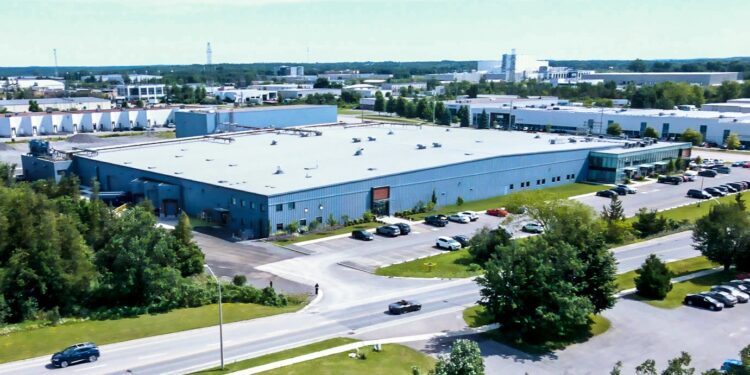Canada’s race to secure the raw materials of the clean technology era has shifted from mining to recycling. Clean tech start-up Cyclic Materials has confirmed a twenty five million dollar investment to build North America’s first commercial rare earth recycling centre in Kingston, Ontario. Scheduled to open in early 2026, the 140,000 square foot facility will process 500 tonnes of discarded magnet material each year, converting hard drive rotors, wind turbine generators and vehicle motors into fresh supplies of neodymium, praseodymium and dysprosium. Backers include the climate funds of Amazon and Microsoft as well as BMW i Ventures, underscoring global demand for reliable access to these strategically vital elements.
Closing the Rare Earth Loop in Kingston
China handles more than ninety five per cent of global rare earth processing, giving Beijing outsized influence over electric vehicle and wind energy supply chains. Reducing that dependency is now a strategic priority for Ottawa. Cyclic’s plant intends to close the loop on permanent magnets by shredding end of life components, isolating the rare earth fraction through magnetic separation and then purifying the oxides with a proprietary hydrometallurgical method called REEPure. The recovered material will supply North American alloy makers, cutting shipping miles and emissions while boosting domestic resilience.
Cyclic Materials was founded in 2021 by metallurgist Ahmad Ghahreman, formerly of Queen’s University. The company raised more than fifty million dollars in an oversubscribed Series B last year, adding BMW and Microsoft to an investor roster that already included Amazon and ArcTern Ventures. The Kingston project brings committed capital above eighty million dollars and is expected to create forty five skilled positions. Ghahreman said the centre will “secure the most critical elements of the energy transition through circular innovation”.
Why Recycling Beats New Extraction
New rare earth mines can take a decade to permit and frequently face environmental opposition. Life-cycle data from Natural Resources Canada show that processing scrap magnets uses only a fraction of the energy and produces far less waste than mining virgin ore. Manufacturers also gain more predictable pricing insulated from geopolitical shocks. For Kingston, often overshadowed by Toronto and Montréal, the plant signals a pivot toward advanced materials leadership anchored in local research strength.
The facility aligns with Canada’s Critical Minerals Strategy, which has channelled billions into battery metal and rare earth initiatives since 2022. Unlike tax credit driven battery factories, Kingston’s operation anchors an entirely new supply loop. Automakers and turbine manufacturers gain a domestic alternative to China’s dominance, while Canada moves from exporter of raw ore to custodian of a circular value chain. If Cyclic reaches its expansion goal of 2,000 tonnes by 2028, the company could meet about five per cent of national demand, modest globally but proof that urban mining can scale.
Success will hinge on reliable scrap flows. Cyclic has secured feedstock agreements with wind farm operators and e-waste recyclers, yet Canada lacks a unified collection system for magnet bearing devices. Competitors in the United States and Europe are racing toward commercial scale, seeking their own supply contracts. Policy incentives that channel domestic e-waste into certified facilities may determine whether Kingston becomes a continental hub or just one node in a broader network.
Access to critical materials will shape clean technology leadership as surely as intellectual property. By transforming yesterday’s gadgets and turbines into tomorrow’s magnets, Cyclic Materials offers Canada a cleaner, faster and more secure path to rare earth resilience. If the Kingston plant delivers as promised, the country’s future in these essential elements will rest less on digging deeper and more on thinking in circles, closing the loop on some of the twenty first century’s most strategic resources.













